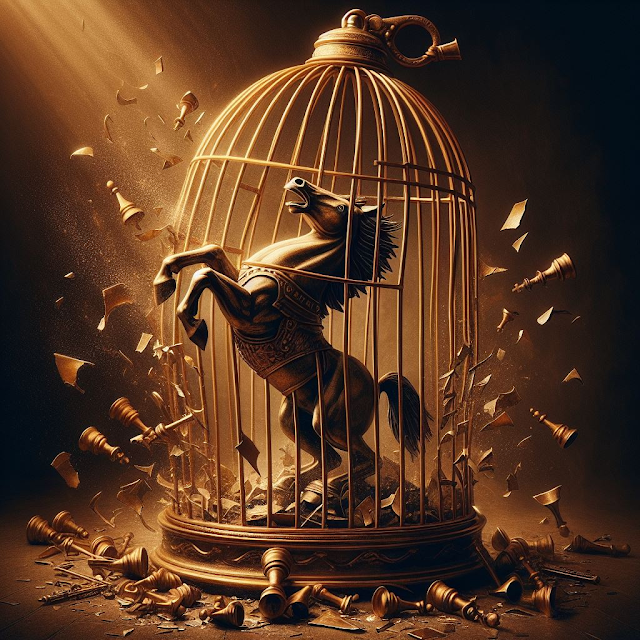Unleash Your Weakest Warrior:
Resources to Improve Your Worst Chess Piece
Is there a piece on the board feeling a little lost? Don't resign them to the sidelines! This post provides articles, videos, and strategic tips to help you identify and activate your weakest piece, turning a potential liability into a game-changing asset.
Essential Articles on Activating Your Worst Pieces
Explore expert articles diving into proven strategies for activating your worst-placed chess pieces and unlocking their hidden potential.
The Biggest Secret Of Positional Chess - Chess.com Article by GM Gregory Serper - Unlock the biggest secret of positional chess with GM Gserper! Discover how to transform your game by improving your pieces strategically, one move at a time.
3 Ways To Improve Your Pieces - Chess.com Article by IM Koysta Kavutskiy - Unlock the power of your pieces with three expert tips ! Learn how to strategically position your rooks, bishops, and knights for maximum impact on the board.
Good and Bad Pieces - Chess.com Article by WGM Natalia Pogonina - Discover the secrets of piece evaluation with WGM Natalia_Pogonina! Learn to identify the strengths and weaknesses of each piece to dominate the board.
Video Lessons: Turning Liabilities into Assets
Level up your piece activation skills with video lessons from renowned coaches. Learn to identify and reposition underutilized pieces for greater board control.
The One Positional Chess Idea You MUST KNOW - 17 Min - Epic Chess -Learn the top secret to positional chess - improving your worst piece. This video teaches a key positional strategy to activate underutilized pieces for maximum impact.
Improving the Worst Piece IM John Ludwig - 29 Min - Palm Beach Chess - IM John Ludwig analyzes a Karpov masterpiece, providing a masterclass on identifying and activating your worst-placed piece for better control.
Improving your worst-placed piece [Beginner-Intermediate chess lesson] - 2hr - Coach Robert (Beginner's Guide to Piece Activation) - Coach Robert's comprehensive guide helps beginners visualize pieces as controllable "fields" to identify poorly-placed pieces and plan maneuvers for optimal activation.
